Researchers have created an electronic skin that can feel pain. The working of artificial skin is based on synaptic transistors that eliminate the response time.
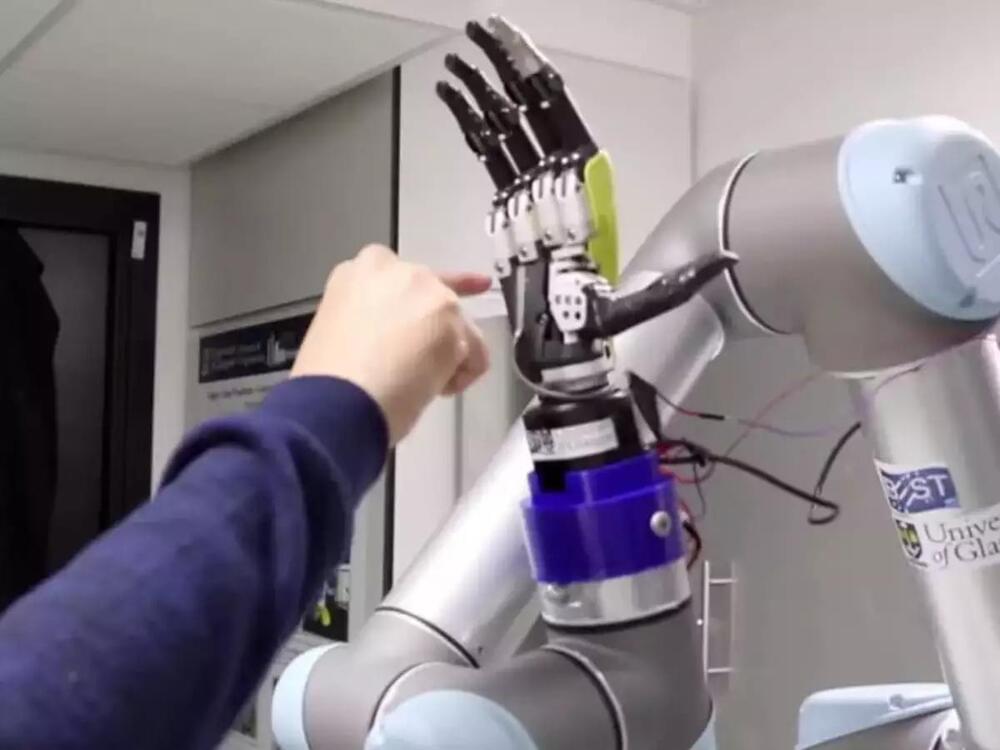

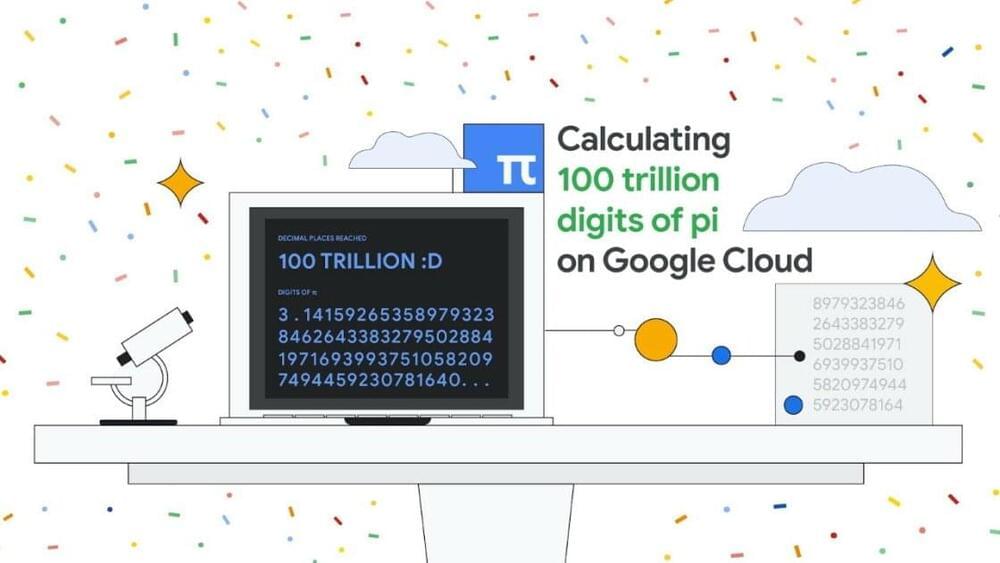
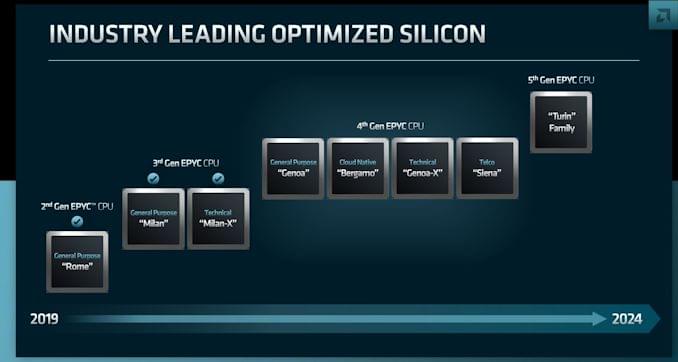
As part of AMD’s Financial Analysts Day 2022, AMD has provided updates to its Server CPU roadmap going into 2024. The biggest announcement is that AMD is already planning for the (next) next-gen core for its successful EPYC family, the 5th generation EPYC series, which has been assigned the codenamed Turin. Some key announcements include various segmentations of its expected EPYC 7,004 portfolio, including Genoa, Bergamo, Genoa-X, and Siena.
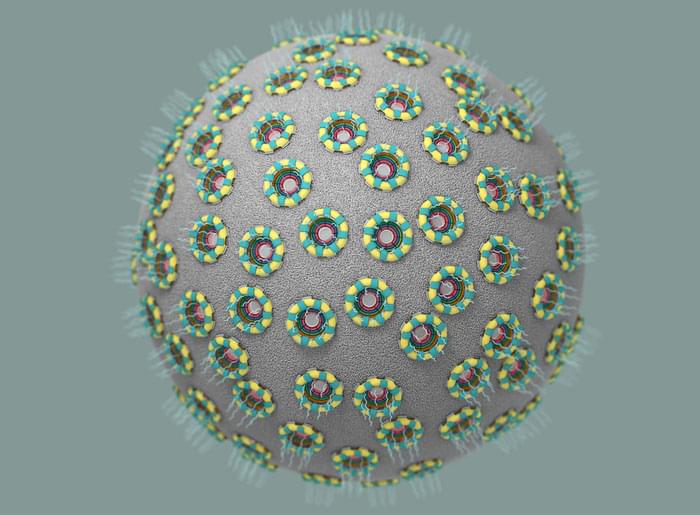
Whatever you are doing, whether it is driving a car, going for a jog, or even at your laziest, eating chips and watching TV on the couch, there is an entire suite of molecular machinery inside each of your cells hard at work. That machinery, far too small to see with the naked eye or even with many microscopes, creates energy for the cell, manufactures its proteins, makes copies of its DNA, and much more.
Among those pieces of machinery, and one of the most complex, is something known as the nuclear pore complex (NPC). The NPC, which is made of more than 1,000 individual proteins, is an incredibly discriminating gatekeeper for the cell’s nucleus, the membrane-bound region inside a cell that holds that cell’s genetic material. Anything going in or out of the nucleus has to pass through the NPC on its way.
Nuclear pores stud the surface of the cell’s nucleus, controlling what flows in and out of it. (Image: Valerie Altounian)
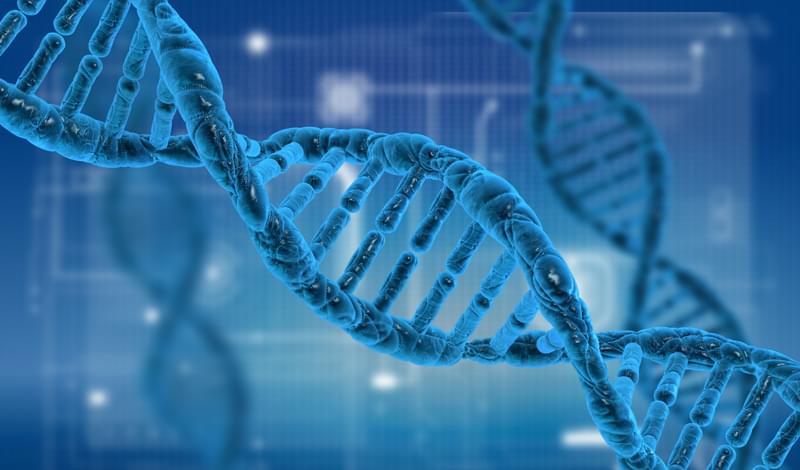
“When the Human Genome Project began in 1990, it had a projected budget of $3 billion. […] Now, one company claims to have achieved the major milestone of whole genome sequencing for just $100.”
Ultima Genomics, a biotech company based in California, has emerged from stealth mode with a new high-throughput, low-cost sequencing platform that it claims can deliver a $100 genome.
When the Human Genome Project began in 1990, it had a projected budget of $3 billion. Some researchers believed it would take centuries to map all 20,000+ genes and to determine the sequence of chemical base pairs making up DNA, though in the end it took 13 years. Since then, genome sequencing has undergone technology and cost improvements at a rate faster than Moore’s Law (a long-term trend in the computer industry that involves a doubling of performance every two years). What used to require billions of dollars and many years of work is now several orders of magnitude cheaper and possible in a matter of hours.
Companies like 23andMe and Ancestry.com have been offering DNA test kits at the consumer level. These can generate reports relating to a customer’s ancestry and genetic predispositions to health-related issues. While most people have opted for tests based on partial (i.e. incomplete) sequencing, the costs are now becoming so low that whole genome sequencing may soon be affordable. Veritas Genetics made headlines in 2016 by breaking the $1,000 barrier and in 2021 the price fell to $562.

University of Queensland scientists have cracked a problem that’s frustrated chemists and physicists for years, potentially leading to a new age of powerful, efficient, and environmentally friendly technologies.
Using quantum mechanics, Professor Ben Powell from UQ’s School of Mathematics and Physics has discovered a “recipe” which allows molecular switches to work at room temperature.
“Switches are materials that can shift between two or more states, such as on and off or 0 and 1, and are the basis of all digital technologies,” Professor Powell said. “This discovery paves the way for smaller and more powerful and energy efficient technologies. You can expect batteries will last longer and computers to run faster.”
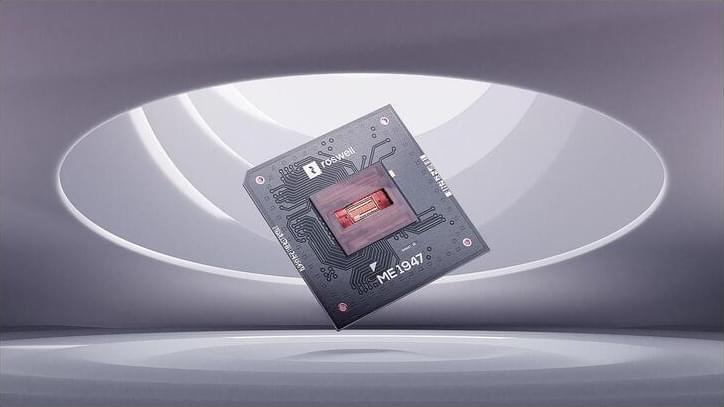


View insights.
A collection of 16 qubits has been organized in such a way that they may be able to operate any computation without error. It is an important step toward constructing quantum computers that outperform standard ones.
When completing any task, a quantum computer consisting of charged atoms can detect its own faults. Because conventional computers constantly detect and rectify their own flaws, quantum computers will need to do the same in order to fully outperform them. Nevertheless, quantum effects can cause errors to propagate rapidly through the qubits, or quantum bits, that comprise these devices.
Lukas Postler and his team from the Austria’s University of Innsbruck have created a quantum computer that can perform any calculation without error.
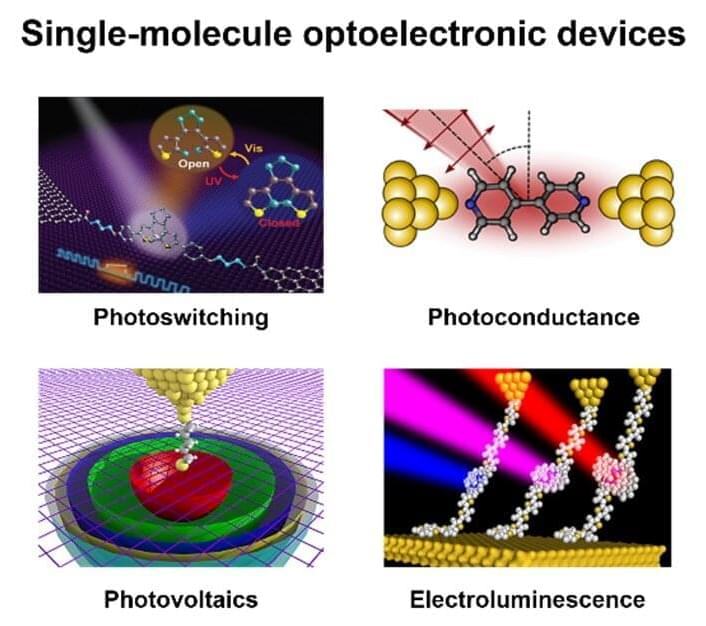
Single-molecule electronic devices, which use single molecules or molecular monolayers as their conductive channels, offer a new strategy to resolve the miniaturization and functionalization bottlenecks encountered by traditional semiconductor electronic devices. These devices have many inherent advantages, including adjustable electronic characteristics, ease of availability, functional diversity and so on.
To date, single-molecule devices with a variety of functions have been realized, including diodes, field-effect devices and optoelectronic devices. In addition to their important applications in the field of functional devices, single-molecule devices also provide a unique platform to explore the intrinsic properties of matters at the single-molecule level.
Regulating the electrical properties of single-molecule devices is still a key step to further advance the development of molecular electronics. To effectively adjust the molecular properties of the device, it is necessary to clarify the interactions between electron transport in single-molecule devices and external fields, such as external temperature, magnetic field, electric field, and light field. Among these fields, the use of light to adjust the electronic properties of single-molecule devices is one of the most important fields, known as “single-molecule optoelectronics.”